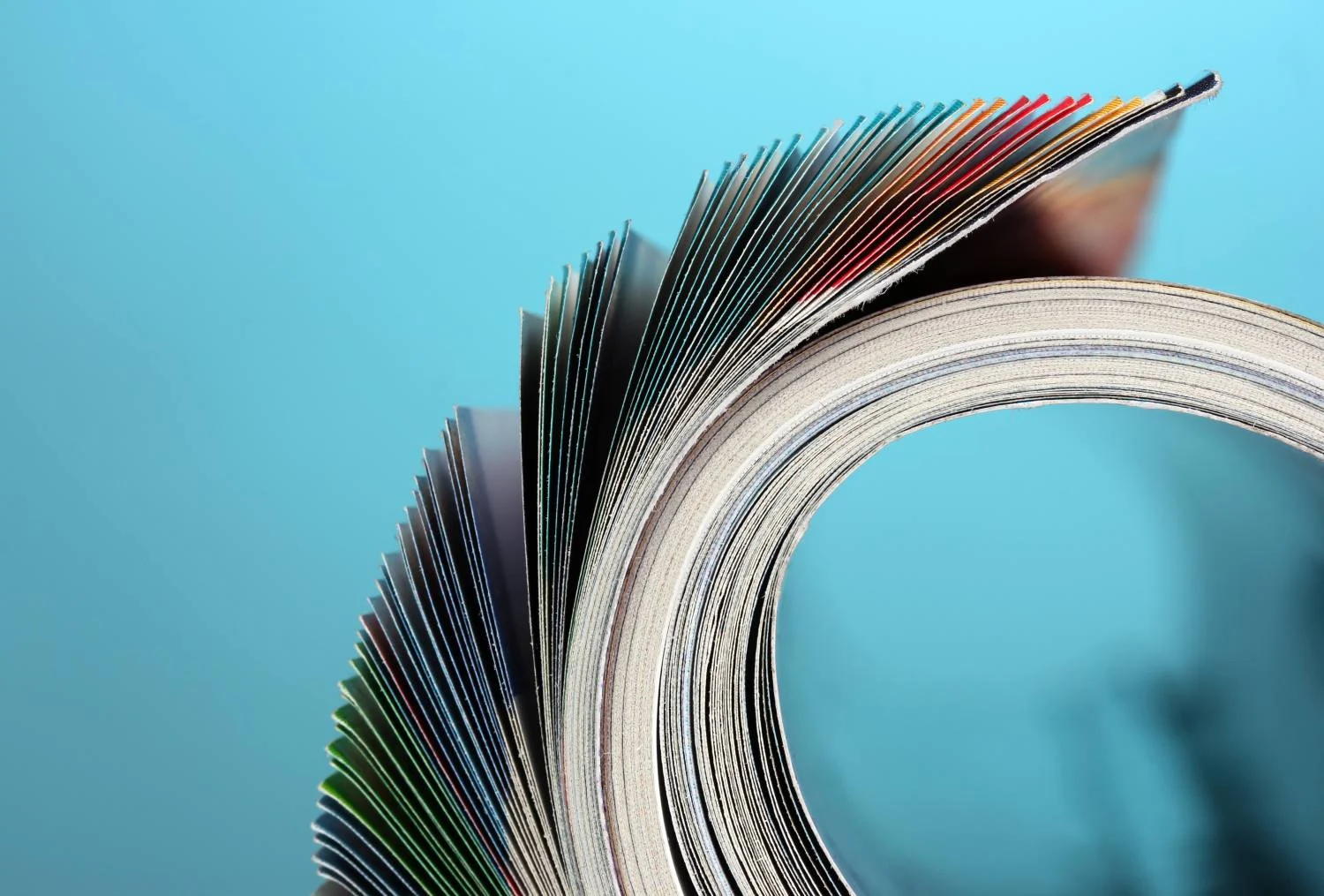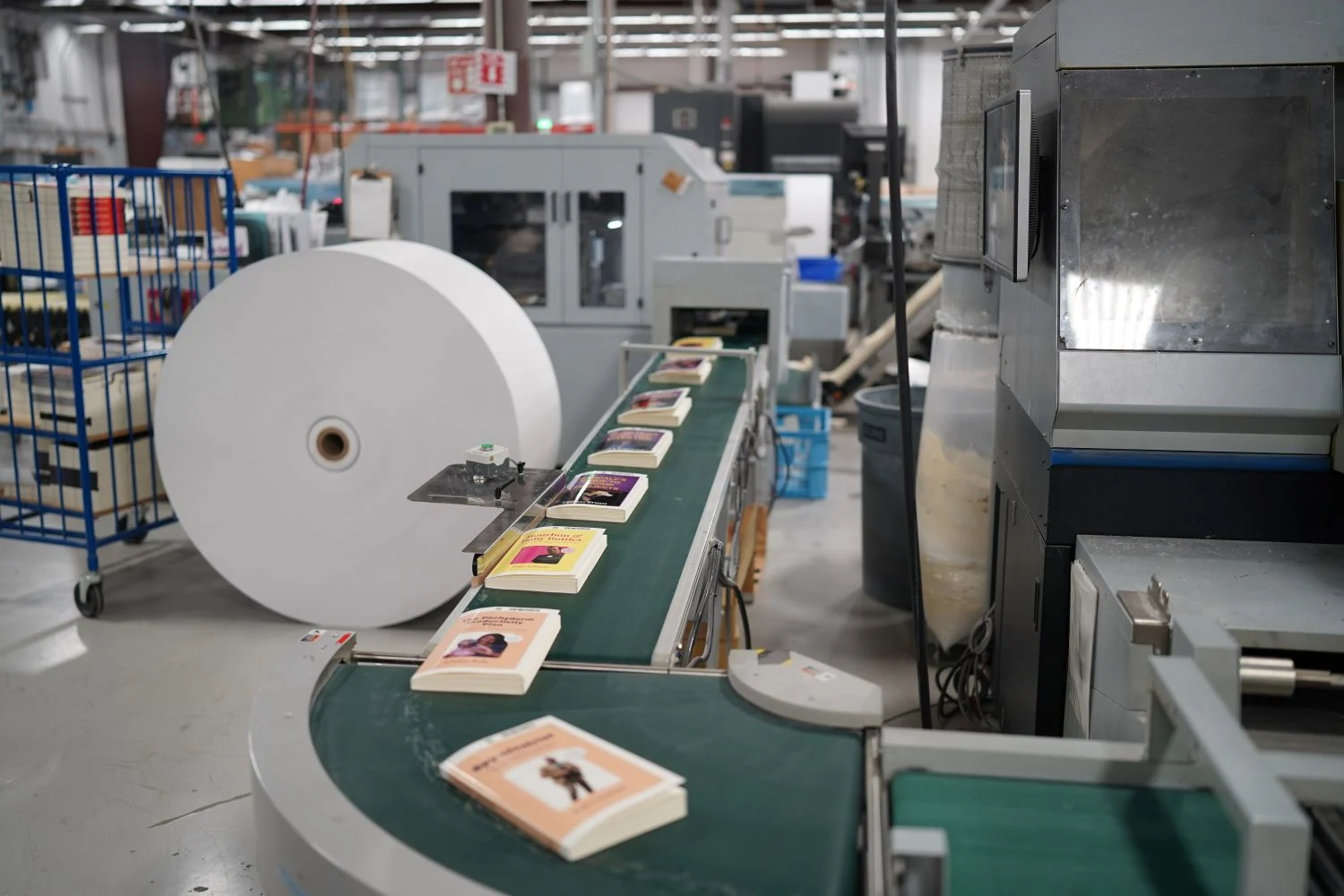Print still carries a unique weight on campus. A beautifully produced magazine can communicate credibility and build connection in a way screens rarely do. The good news is that recent innovations in print make it easier to create high-impact pieces while staying within budget. Keep reading for practical ideas your team can use to improve quality and deliver measurable results.
Why Print Still Matters on Campus
University audiences are diverse. Prospective students, alumni and faculty each engage with content differently. Print delivers a tactile experience that slows the reader down and signals importance. When you place premium finishing on a cover or create a memorable insert, you earn dwell time that strengthens your message. Print also travels well across campus and through the mail, reaches households beyond your digital lists and provides a longer shelf life in offices, libraries and living rooms.
When to Use Digital Printing Versus Offset
Digital printing and offset both have a place in a smart magazine plan. Digital shines for short runs, fast turnarounds and versioning. If you need 300 copies of a donor supplement for an upcoming board meeting, digital can deliver crisp color and accurate brand tones with minimal setup. It also enables on-demand reprints so you carry less inventory.
Offset becomes more economical as quantities rise and when exacting color consistency is required across large runs. It supports specialty inks like metallic and fluorescent, handles a wide range of stocks and delivers outstanding image detail. For flagship alumni or college magazines, admissions pieces or athletic guides with higher volumes, offset typically provides the best cost per piece.
A useful rule of thumb is to price both methods when your quantity sits in the middle. Consider page count, paper type and schedule since those variables can shift the break point. Many universities combine methods, printing a main run offset and producing late additions or regional versions digitally.
Coatings That Add Protection and Pop
Coatings safeguard your magazine and shape the reading experience. Aqueous coatings are water based and cost effective. Gloss aqueous boosts image contrast on photo heavy pages and resists fingerprints. Matte aqueous lowers glare for text heavy sections and lends a refined feel.
UV coatings cure instantly under ultraviolet light and can be applied overall or as a spot effect. Spot UV is a proven way to highlight a logo or headline. Pair it with a matte background to create contrast that invites touch.
Soft-touch coating delivers a velvety feel on covers and case wraps. It reads premium and encourages readers to pick up the piece. When recyclability is a priority, talk with your printer about aqueous alternatives that protect without adding a plastic film layer.
Tip: choose one primary effect for each magazine. A soft-touch cover with a single spot UV accent feels focused. Too many finishes can dilute the impact and add cost without adding clarity.
Finishing Touches That Earn Attention
Thoughtful finishing elevates design and signals quality.
Foil Stamping: Metallic, pigment and holographic foils create eye-catching highlights on crests, seals and anniversary marks.
Embossing and Debossing: Raised or recessed textures add dimension to typography and crests. A blind emboss on a cloth cover can look especially elegant.
Die Cuts: Windows, rounded corners or shaped tabs guide navigation and offer discovery moments. Use a small reveal on a cover to hint at content inside.
Gatefolds and Foldouts: Oversized charts, campus maps and photo essays benefit from larger real estate. Plan placement so foldouts do not land at the center of a signature where bulk can create stress on the spine.
Belly Bands and Tip-ins: A removable band can carry time sensitive calls to action or event reminders. Tip-in cards make it easy to include reply devices, donor updates or program spotlights.
Start with the objective. If the goal is engagement with a specific story, a gatefold can be worth the extra cost. If the goal is perceived value, a foil seal and soft-touch cover may be the smarter investment.
Smart Personalization for Recruitment and Alumni
Variable data printing lets you tailor covers, images and even content by audience segment. Prospects can receive a magazine that features their intended major and campus photos that match their interests. Alumni can see class year, college and regional events that match their address.
Make it measurable. Pair print with trackable QR codes that lead to audience specific landing pages. Use short personalized URLs for those who prefer typing.
Sustainable Choices That Strengthen Your Story
Sustainability is both a responsibility and a messaging opportunity. Choose FSC-certified papers or those made with recycled materials. Ask about vegetable-based inks and low-emission press equipment. Choose aqueous coatings when you want to preserve recyclability.
Keep paper waste to a minimum with digital proofs and pre-enrollment counts. Consolidate shipments and consider kitting to limit secondary packaging. When you talk about sustainability in your magazine, a short production note can reinforce the commitment you are already making.
Binding That Matches Your Use Case
Binding impacts durability and perception. Saddle stitch is economical for slimmer magazines like event programs up to about 80 to 100 pages depending on stock. Perfect binding adds a printable spine and works well for alumni or college magazines. PUR perfect binding uses a stronger adhesive that excels with coated papers and higher page counts.
Think about how the magazine will be handled. If spreads will be read flat on a table, discuss lay-flat options. If the book will be mailed, confirm spine thickness and panel placement so addresses and barcodes pass postal regulations.
How Walsworth Helps Universities Succeed
Universities partner with Walsworth because production knowledge matters as much as ink on paper. Our teams guide you on method selection, paper strategy and finish options that fit your goals. We calibrate color to rigorous standards, maintain robust proofing paths and provide press checks when desired.
We also integrate print with data. Versioned covers, variable inserts and audience specific maps can be produced efficiently across digital and offset platforms. Our in-house mailing services handle addressing, postal optimization and tracking, which shortens cycle times and simplifies logistics for your team.
If you are planning a new student publication, refreshing an alumni magazine or preparing a commemorative edition, involve your print partner early. A short consult can uncover cost savings, elevate finish choices and ensure your magazine arrives on time with the impact you expect.
Build Better University Magazines With Walsworth
Great university magazines do more than inform. They invite a reader to stop, feel and remember. With the right mix of digital and offset methods, smart coatings and purposeful finishing, you can deliver that experience within a responsible budget. When you are ready to explore options, Walsworth is here to help you turn strong ideas into print that earns attention across campus and beyond. Get in touch with us today to learn more.
* This article was developed with assistance from OpenAI’s GPT 5 Pro Deep Research large language AI model.






